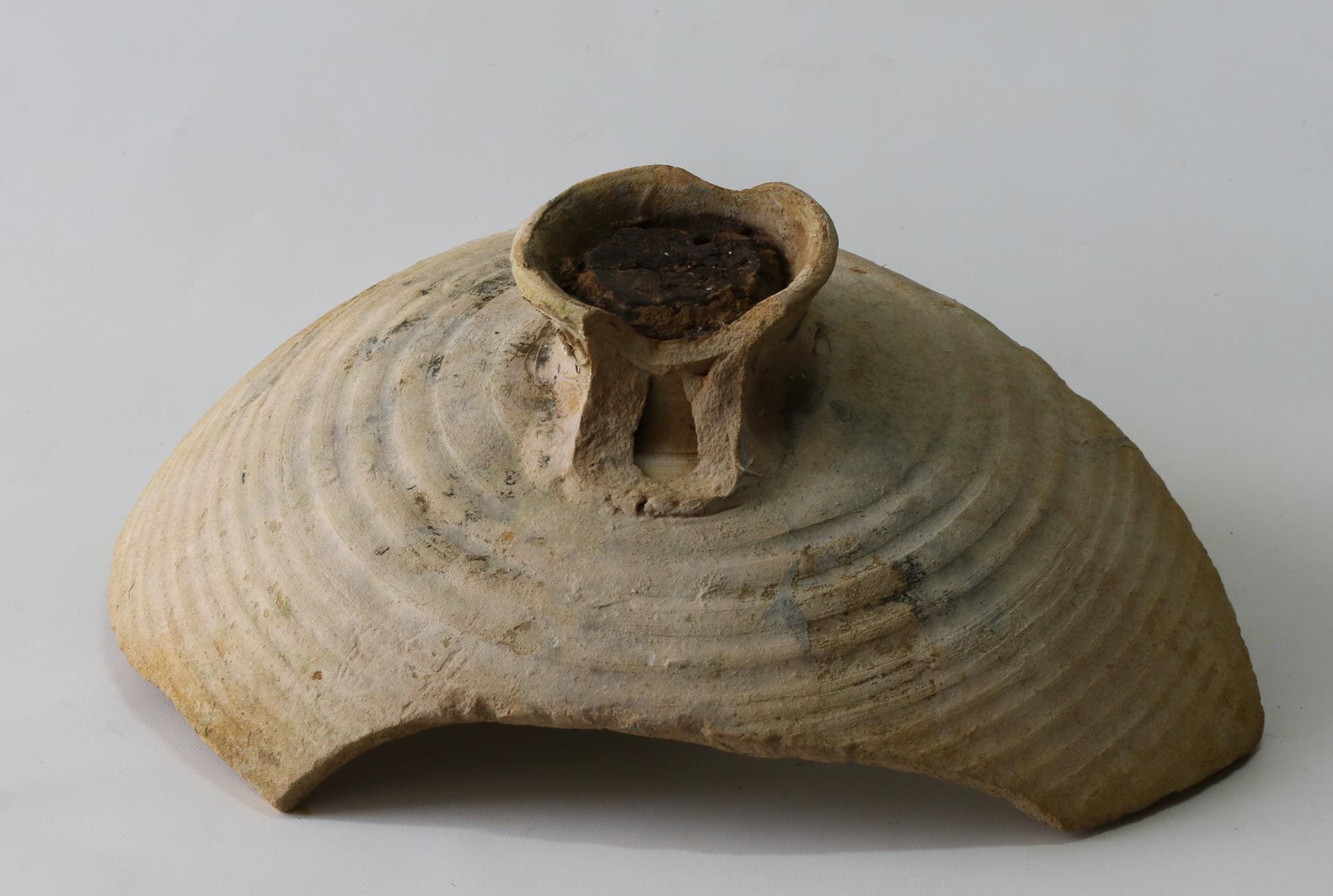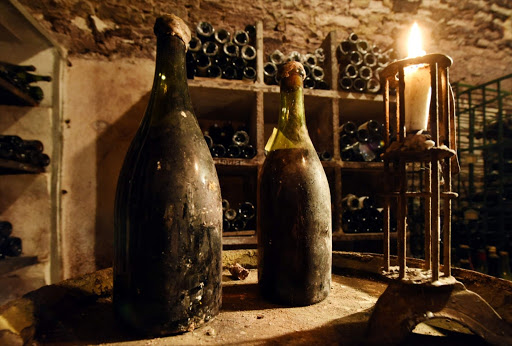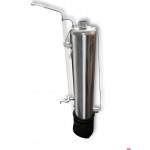
History of Canning
In the modern world, canning plays an important role in preparing and storing food and dishes. Over 30% of the food we consume is canned. This is facilitated by technological advancements—any family can buy an autoclave and easily and quickly can their favorite dishes for longer storage.
But it wasn’t always like this. In ancient times, food storage was considered one of the most important issues due to the low standard of living and frequent wars. Interestingly, it was during these wars that canning in its current form was developed, but we'll get back to that later. Let's travel back to times before our era…
The First “Cans” That Have Survived to This Day
Canning was practiced in ancient civilizations. Meat and fish were primarily dried for longer storage. This process was simple and primitive—raw materials were dried in the sun and then stored in leather bags. At the same time, people began to notice that products stored better in cold, so vegetables and fruits were packed into containers and placed in cold places, often even buried in the ground.
The first “cans” were found in Ancient Egypt. During the excavation of Pharaoh Tutankhamun's tomb, archaeologists discovered sealed vessels coated with resin. It turned out that these contained roasted duck, which had been covered with olive oil, thus preserving it. An even more astonishing fact is that research revealed the duck retained its nutritional properties after 3,000 years—an impressive shelf life.
In Ancient Greece, amphorae were used for the long-term storage and transportation of wine and oil, which have survived to this day.

In the records of Roman senator Marcus Porcius Cato the Elder, possibly the oldest recipe for canning has been preserved. He writes: “...If you want to drink grape juice all year round, pour it into an amphora, seal the cork with pitch, and submerge it in a pool. Remove after 30 days. The juice will last a year…” Of course, we do not recommend using this method—it is safer and easier to can juice in an autoclave.
12,000 Francs for the First Canned Food
Over time, humanity developed new technologies. However, canning did not see significant changes. This is why in 1795, French Emperor and military leader Napoleon Bonaparte promised 12,000 francs to anyone who could come up with a simple method for preserving food during long military campaigns.
This idea caught the interest of chef Nicolas François Appert. He noticed that if you place meat broth in a champagne bottle, seal it tightly, and boil it for a long time, such a dish can be stored for almost a year. To prove this, he needed about 10 years, and in 1904, he received the prize from Napoleon, who appreciated his method.

Nicolas Appert also founded the first large (for that time) canning factory—“Various Foods in Bottles and Cans.” They were used, as Napoleon intended, mainly during campaigns. According to legend, the emperor took a few cans with him to the island of Saint Helena, where he was exiled.
The only downside to this method of food storage was its lack of scientific explanation—the chef could not scientifically explain why it worked. However, nearly half a century later, his compatriot Louis Pasteur discovered bacteria and scientifically explained canning.
Mass Production of Canned Foods
Due to the use of cans with a specific shape—narrow necks—not all products fit into them, and it was not very convenient. The solution was found by Englishman Peter Durand—he patented tin cans that were sealed. The first such cans were made of ordinary iron—they were cut by hand, but the metal rusted quickly, and lead solder, which was very harmful to human health, was used for welding.
Later, tin plates, which easily changed shape, were used for cans. Durand created machines, which made the production of such cans mass-produced, and he established the production of fish cans in America, which were in high demand among the working population.
In the 20th century, canning gained even more momentum and received new methods and technologies. Glass containers for canning were used again (they became cheaper than metal ones). Higher-quality lids were made, which did not corrode. The latest innovations in canning include the invention of twist-off lids, which are easy to close while maintaining seal integrity and can be reused.
The History of Autoclave Invention
Nicolas Appert used a large closed container for canning, in which he boiled cans. This was the first primitive prototype of an autoclave.
In the early 20th century, another Frenchman, armed with knowledge of physics, biology, and chemistry, as well as experience from predecessors, created the first autoclave designed for sealing. However, this device gained wide application in medicine—for sterilizing instruments. Later, French engineer Léon Lagarde developed an autoclave for the textile industry. The company he founded, “Lagarde,” was one of the leading autoclave manufacturers of its time.

However, it was the Soviet Union that began mass production of household autoclaves, specifically at the Azov Industrial Complex. The first household autoclaves were electric, and later gas models were introduced. For safety and control, various measuring devices were used—manometers, thermometers, control sensors.
The company “Ukrpromtech” manufactures modern electric, gas, and universal autoclaves, developed by leading industry experts. All our autoclaves are made with adherence to safety standards and from high-quality materials using modern technologies.
For consultation, you can contact our specialists at: (050) 376-60-86 or (067) 370-27-22. You can also email us at: autoclav24@gmail.com or leave a request on our website, and we will definitely call you back.
Also read:
- Autoclave Operating Modes
- What is an Autoclave
- Hydraulic Testing of Autoclaves
- How to Use an Autoclave
- How to Choose an Autoclave









